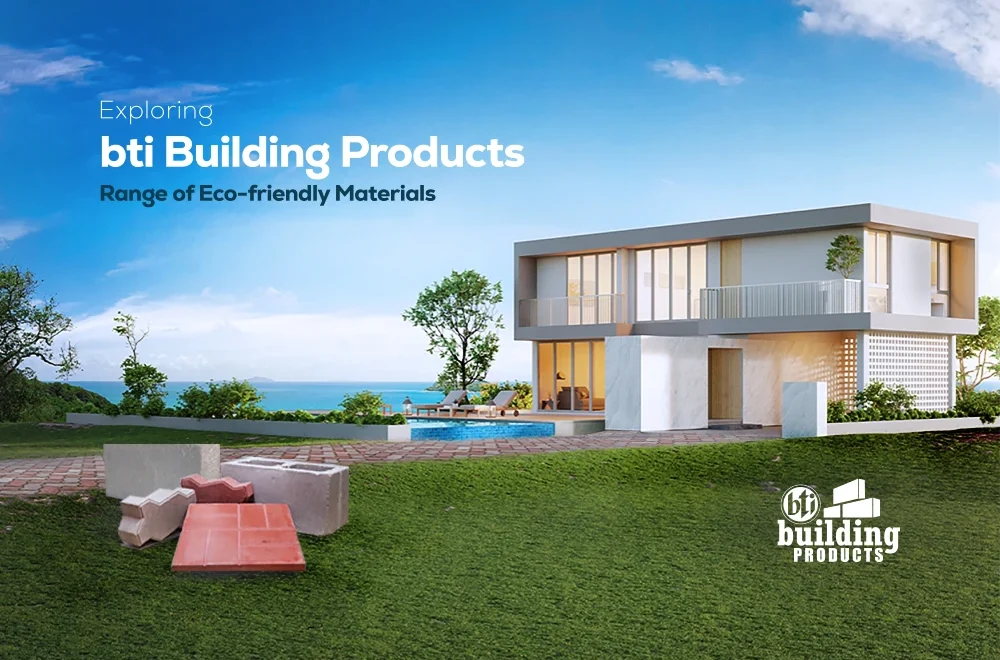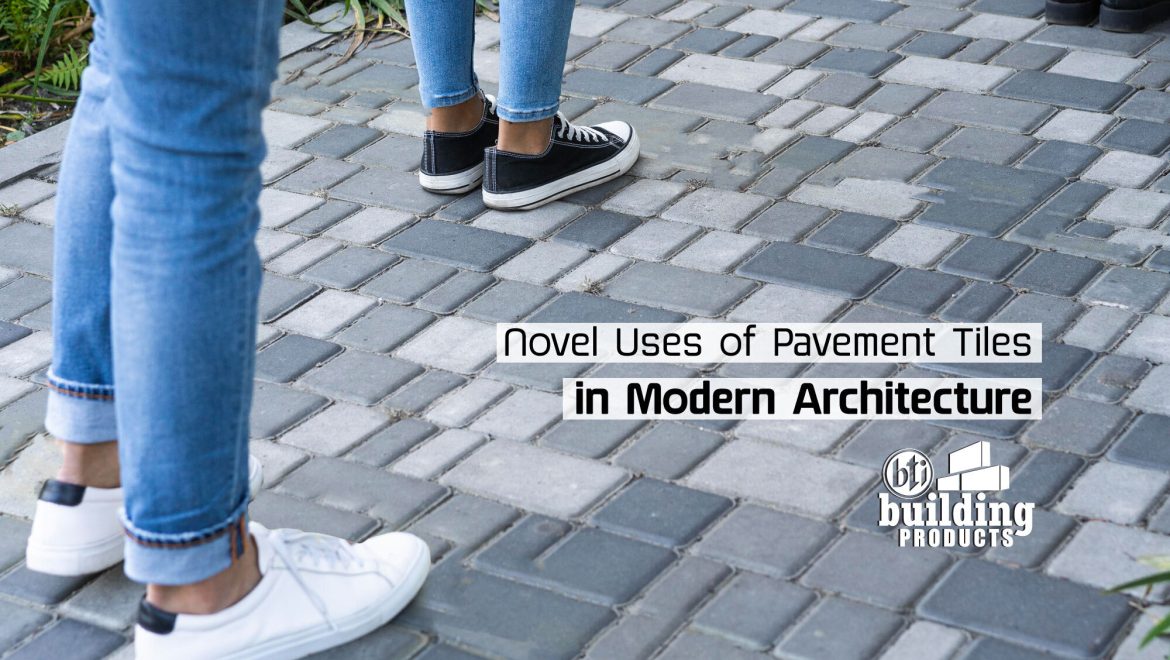What Are the Elements of Green Building?
- Sustainable Materials
Green buildings involve the use of renewable materials, recyclable, and with less environmental impact. Materials such as concrete hollow blocks, solid bricks, and unipavers are very well-suited to green buildings since it is durable and energy-efficient. In most cases, the production methods follow avenues that have little environmental impact.
Concrete Hollow Blocks: Should have superior thermal insulation that needs minimal amounts of energy for heating or cooling.
Concrete Solid Bricks: Must be strong and sustainable due to the nature of their load-carrying structures.
Pavement Tiles and Unipavers: The products being used in landscaping and for walkways are extremely durable and designed to reduce water runoff, hence allowing for efficient water management.
- Energy Efficiency
The core of a green building design is its energy efficiency. It ranges from the optimization of insulation and usage of energy-efficient windows and lighting systems to the integration of renewable energy sources, such as solar panels. Other materials, like hollow blocks, have contributed by allowing indoor temperatures to be regulated without too much reliance on artificial heating and cooling systems.
- Water Conservation
Water recycling systems, rainwater harvesting, and efficient plumbing fixtures are designed to be incorporated into a green building to reduce water waste. Pavement designs using unipavers have an option of a type of permeable pavement that enables rainwater to seep in through the ground and replenish aquifers and groundwater.
- Waste Reduction
Green building is mainly concerned with waste management in construction and operations. Recycled materials that are helpful for building concrete bricks, tiles, etc. help minimize waste without sacrificing quality or durability.
- Indoor Environmental Quality
Green buildings are constructed with the health and well-being of the occupants in mind. Non-toxic materials, maximum use of natural light, and good ventilation form the basis of a sustainable or green building. Hollow blocks or solid bricks, made of sustainable building materials, are often manufactured in a way to minimize harmful emissions that can help maintain better air quality.
Benefits of Using Green Building Products
Concrete Hollow Blocks
- Lightweight and easy to handle.
- Energy-efficient because of excellent thermal and sound insulation.
- Durable and long-lasting, reducing repairs or replacement frequency.
Concrete Solid Bricks
- Very robust, hence suitable for load-bearing walls.
- Fire-resistant and low maintenance; hence, it is safe and durable.
Pavement Tiles & Unipavers
- Different designs allow for various manners of aesthetic and functional landscaping.
- Greenhouse gas effects are relieved in cities.
- Allow permeation of water, hence allowing for sustainability in drainage systems.
The Future of Green Construction
It ceased to be an option but will be an imminent need for perpetuation in the future. Eco-friendly materials and innovative designs should combine to bring the environmental footprint of any construction project down to a minimum. Products one could use to come up with durable, energy-efficient, and eco-friendly structures include pavement tiles, hollow blocks, solid bricks, and unipavers.
Green building entails having in mind the best choices that would be beneficial to the environment as well as to the occupant. It is about making conscious decisions from foundation to rooftop on materials that add to a structure to meet the goals of sustainability. These green building products, from hollow blocks, solid bricks, unipavers, and pavement tiles among others, are really opening a way for the future where construction and nature may coexist together in harmony.



















